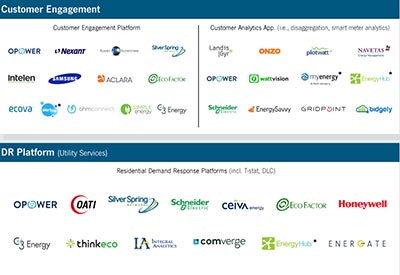LEDs and Their Possible Health Effects, Part 1

Oct 23, 2017
LED lamps and displays appear to pose no direct adverse health effects among the general healthy population, concludes a just-published literature review. However, the review found that gaps exist in our understanding of potential LED health hazards, and other population groups may be at risk. For example, exposure to LEDs and other lights in the late evening may affect our circadian rhythm. LEDs may also have specific effects on young children and the elderly.
Among its findings, the review conducted by the European Commission’s Scientific Committee on Health, Environmental and Emerging Risks noted that
• children have a higher sensitivity to blue light, and although emissions may not be harmful, blue LEDs (between 400 nm and 500 nm) may induce photochemical retinopathy, which is a concern, especially for children under three years of age.
• elderly people may experience discomfort with exposure to LED systems, including blue LED displays. For example, destination displays on the front of buses may appear blurred.
• reliable information on the dose-response relationship for adverse health effects among the healthy general public is not available for all wavelengths emitted by LEDs.
Below is a summary, as well as recommendations for additional research. Both have been slightly edited. The purpose of the review was to assess potential health hazards associated with LED emissions in the general population due to LED usage.
Eyes and skin are the most susceptible target organs for effects due to optical radiation, and action spectra also exist for effects on the skin and eyes. The type of effect, injury thresholds, and damage mechanisms vary significantly according to the wavelength. There are several variables to be taken into account when referring to effects of optical radiation from LEDs on human health: spectrum of a LED light source; lighting intensity, especially in the blue part of the spectrum; duration of exposure; exposure level of the eyes or skin; eye or skin health; direct staring without deviation versus active eye movement.
The specific safety requirements and risk assessment methods regarding photobiological hazards are contained within several safety standards. In order to assess the potential health hazards associated with LEDs, it is necessary to take into account all exposure parameters — the irradiance (the flux of optical radiation that reaches a target, distance dependent), the radiance (radiation flux leaving the source depending on emission angle, independent of distance to target), and the duration of exposure.
People are exposed to optical radiation from a range of sources including different LEDs in any given 24-hour period. For many people, exposure to natural optical radiation will predominate, i.e., exposure to optical radiation from LEDs is likely to be insignificant compared to the exposure to outdoor natural light.
Potential health effects of LEDs on the general population
Published studies show that the blue light-weighted (for eyes) radiance from screens is less than 10% of the blue light photochemical retinal hazard limit, assuming that viewing is greater than approximately 3 hours (acute exposure).
A search for literature on long-term impacts of LED emissions on human health did not result in any studies, as the technology has been recently distributed on the market for use by the general population. Because the technology is still evolving, it is important (essential / critical) to continue monitoring ongoing scientific literature.
The review concludes that available scientific research does not provide evidence for health hazards to the eyes or skin associated with LEDs when total exposure is below the international agreed exposure limits (ICNIRP). However, issues in terms of flicker, dazzle, distraction and glare may occur.
In Part 2 of this article: more research results on the effects of LED lamps on general health, the eyes and the circadian system. Watch for it in an upcoming issue of EIN.
Read the entire report on work conducted by the European Commission’s Scientific Committee on Health, Environmental and Emerging Risks: https://ec.europa.eu/health/sites/health/files/scientific_committees/scheer/docs/scheer_o_011.pdf

















